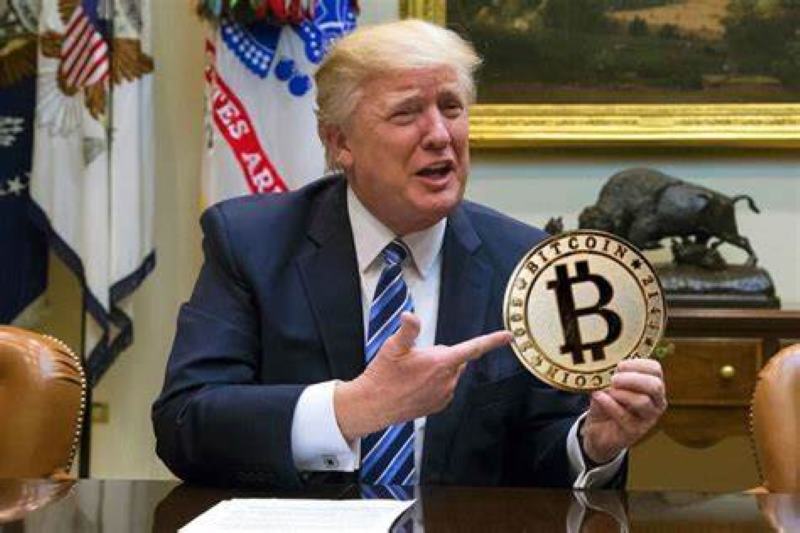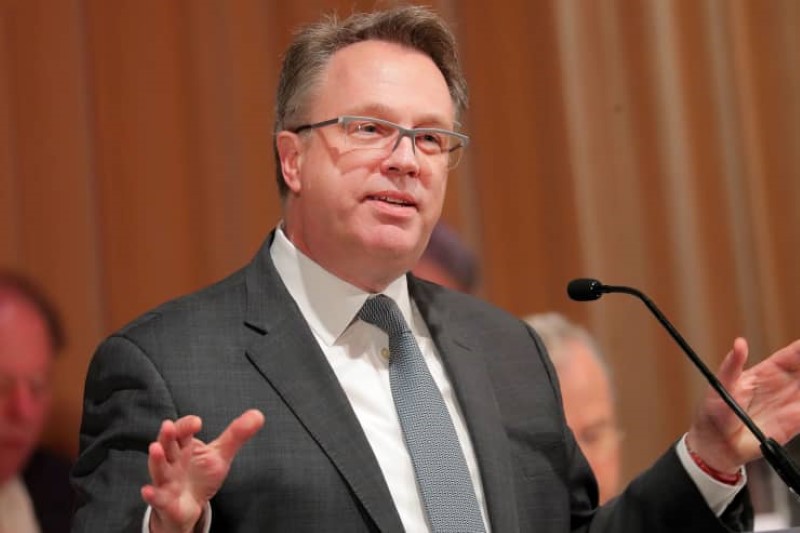Economy
John Williams foresees lower inflation but warns of economic uncertainty
John Williams, President of the Federal Reserve Bank of New York, expects inflation to slow toward the central bank’s 2% target. However, he cautions that significant economic uncertainty remains, particularly due to policy-related factors.
Restrictive Monetary Policy and Its Effects
Williams emphasized that the current moderately restrictive monetary policy should facilitate inflation’s return to 2% while preserving strong economic growth and labor market stability. Despite this, he warned that ongoing uncertainty surrounding fiscal, trade, immigration, and regulatory policies could complicate the economic trajectory.
Key Drivers of Inflation Deceleration
John Williams pointed to several indicators that suggest inflation is cooling, including a slowdown in wage growth and firmly anchored inflation expectations. Nonetheless, he stressed that achieving the Fed’s 2% inflation goal in a sustainable manner will take time and patience. He also highlighted the importance of monitoring supply chain dynamics and global economic trends, which could influence future inflationary pressures.

President Trump Drives Momentum in Cryptocurrency and AI with Bold Executive Actions
President Donald Trump has unveiled executive actions to drive cryptocurrency and artificial intelligence (AI) growth…
Interest Rate Strategy and Policy Direction
In January, Federal Reserve officials opted to keep interest rates unchanged after implementing a cumulative percentage point reduction in late 2024. Earlier on Tuesday, Fed Chair Jerome Powell reassured lawmakers that the central bank is not in a hurry to make further adjustments. Cleveland Fed President Beth Hammack echoed this sentiment, advocating for a cautious approach. She underscored the need to maintain current interest rates for an extended period while policymakers assess inflationary trends and the economic impact of evolving government policies.
Inflation Data and Market Expectations
Investors and economists are closely watching the upcoming release of the consumer price index (CPI) on Wednesday, a critical gauge of inflationary pressures. Williams acknowledged that while the labor market has softened in recent years, it remains fundamentally strong. He added that labor force participation and productivity levels will be key factors in determining future economic stability.
Projected Economic Growth and Inflation Outlook
Williams projected inflation-adjusted economic growth to reach 2% in 2025 and 2026, reflecting steady expansion. He anticipates price increases moderating to 2.5% this year. Inflation should align with the Federal Reserve’s 2% target in the coming years. He emphasized that sustained price stability remains crucial for long-term economic confidence.
Federal Reserve’s Balance Sheet Reduction
Williams reaffirmed that the Fed’s balance sheet reduction, currently at $6.8 trillion, is proceeding smoothly. He emphasized that this process will continue gradually to avoid unnecessary market disruptions while maintaining financial system stability. As the Fed navigates these challenges, policymakers remain committed to fostering economic resilience and mitigating potential risks.


